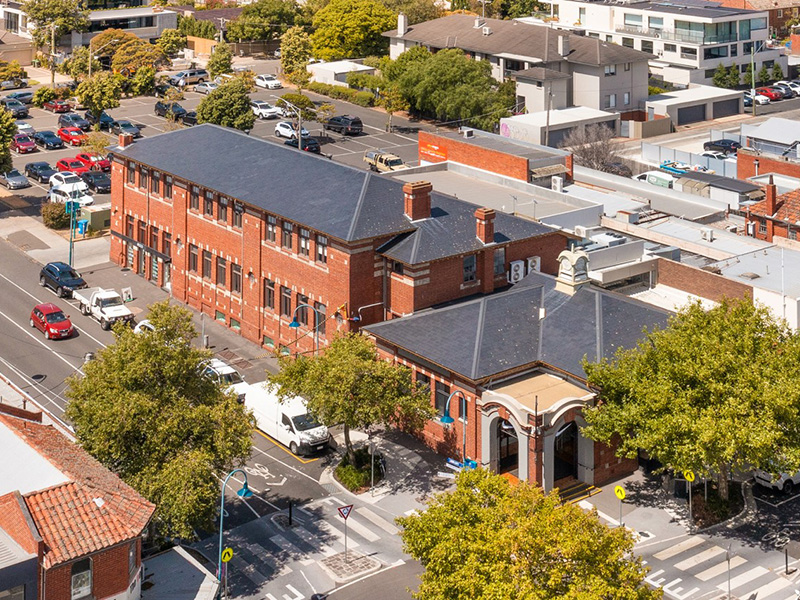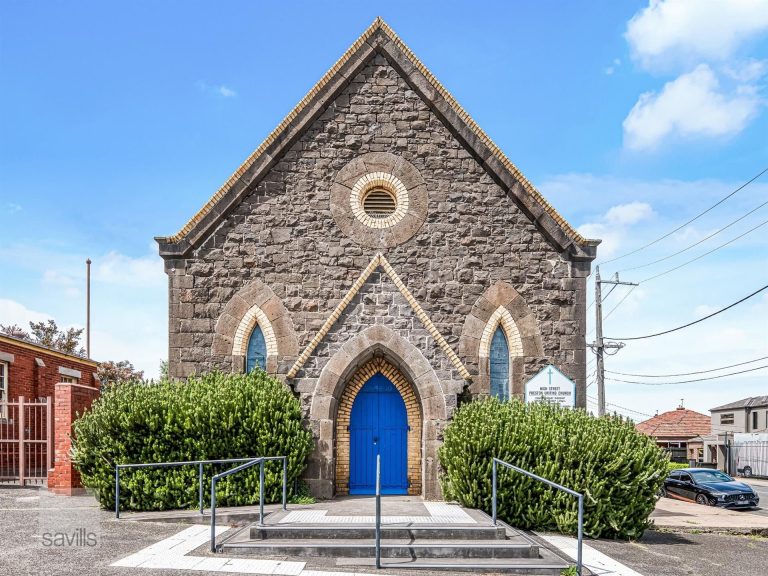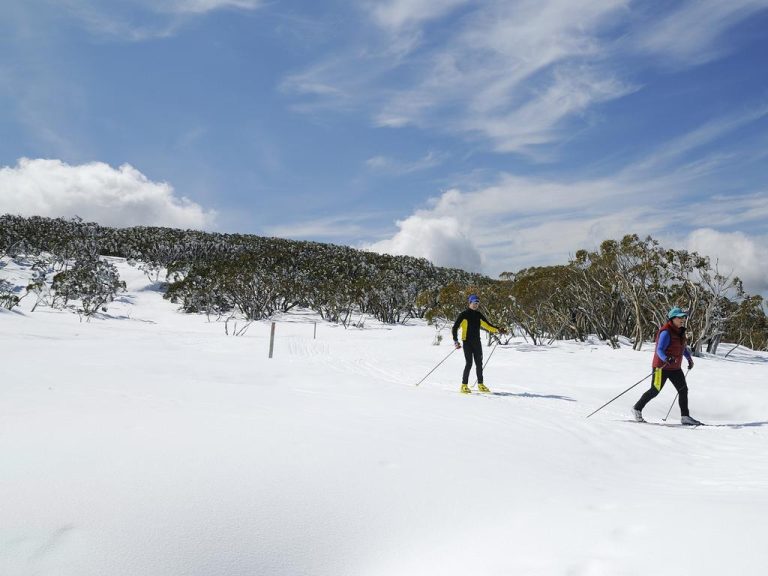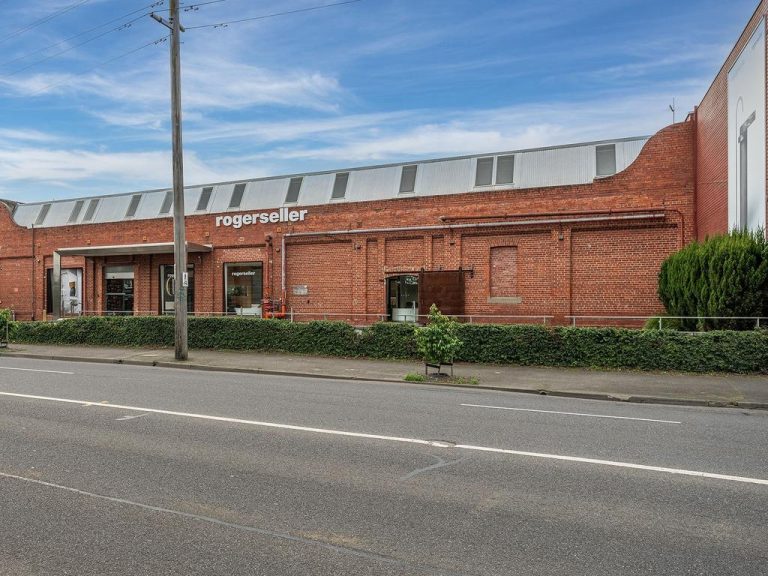Two rare retail strip opportunities in Melbourne to test post COVID recovery

An offering of two prime Melbourne retail strips are expected to command strong buyer interest following the resilience the sector has shown over the past two years during the pandemic, agents say.
In Church Street, Brighton – arguably one of Australia’s premier shopping strips – 71-73 Church and Carpenter streets has hit the market, with price expectations of more than $15 million.
The heritage style, fully-leased 990sqm building comprises strong and secure lease covenants that includes Nike, footwear retailer Ecco, bakery Laurent, and office tenants White Fox and 2 Construct.
The combined income of all tenants totals $705,866 per annum, plus outgoings.

This Brighton retail strip is set to attract strong buyer interest with price expectations of $15 million plus. Picture: Fitzroys
Joint selling agent Chris Kombi, of Fitzroys, said the trophy asset was undoubtedly one of the best strip retail investment opportunities in Australia.
“This presents the first test of Melbourne’s prime shopping strip investment market for 2022. After a dearth of quality opportunities were presented to the market over the past two years, it’s fitting that we start this year offering one of the most dominant properties in Melbourne’s premier shopping strip,” he said.
Camberwell auction to test the market
In Camberwell, 566 Burke Road – a single and two-storey building spanning 650sqm, including ground floor retail and a commercial showroom – is set to go under the hammer on March 17 with price expectations of about $7 million.
Tenant NAB is set to vacate the building in June.

NAB is set to vacate 566 Burke Road in June. The prime strip will go under the hammer on March 17 at a public auction. Picture: realcommercial.com.au/for-sale
“This is one of the most versatile opportunities offered in the prime of Burke Road, Camberwell in years, with its dual frontages and position opposite the Camberwell Fresh Food Market,” Fitzroys selling agent David Bourke said.
“Burke Road has proven its credentials throughout the past two years, maintaining its quality tenancy mix of local and national traders, supermarkets, cafés and restaurants attracting large volumes of visitors and custom from its large, established residential and commercial catchment,” Mr Bourke said.
Joint selling agent Chris James said the position of this asset was part of its appeal, with the upcoming vacancy by NAB opening the door to other buyer groups.
“I think that the strip locations in itself have been relatively pandemic proof. I think everyone thought retail vacancies were going to fall off a cliff, in fact it’s probably been the opposite,” he said.
“It’s probably dissipated a little from the CBD but I think that the velocity and the vacancy rates in the strip retail sector weren’t actually as hard hit as anticipated.”
Why has Melbourne strip retail bucked the trend during the pandemic?
PropTrack economist Anne Flaherty said while Australia’s retail sector had undoubtedly been heavily impacted by the pandemic and subsequent restrictions, over time, a resurgence in demand has occurred for suburban retail.
“People are working from home more than they were in the past. So they don’t get their coffee from a CBD shop, they go to their local coffee shop,” she said.
“As we head into a higher inflation environment it could be that people are viewing commercial property as a relatively good hedge against inflation and so that might be driving more people to consider commercial property opportunities.”
Fitzroys director agency Mark Talbot said Melbourne bricks and mortar seemed to be a very good place to park money and had ridden the “ups and downs of everything.”

With more Australians working from home, suburban retail assets are sought-after, agents say. Picture: realcommercial.com.au/for-sale
“Suburban retail, the momentum hasn’t changed. So suburban retail has continued to rise,” he said.
“Suburban retail in the last two years, with our pandemic, it continued to flourish because people were working from home.”
Colliers retail leasing senior executive Tom Larwill said in metropolitan Melbourne retail and hospitality was seriously disrupted throughout the lockdowns of 2020-21, with many businesses unable to operate at full capacity or at all.
“The expectations of the consumer also changed throughout this period with quality, locality and experience being at the forefront of most consumers’ minds,” he said.
“The demand for local amenities has increased significantly since the pandemic with consumers looking to their local strips and high streets for essential services, health and wellbeing as well as their retail and hospitality needs.
“Having a suburban presence is becoming increasingly important for national tenants with most looking to capture their slice of the market not only in the CBD and shopping centres but right on the consumer’s door step.”







